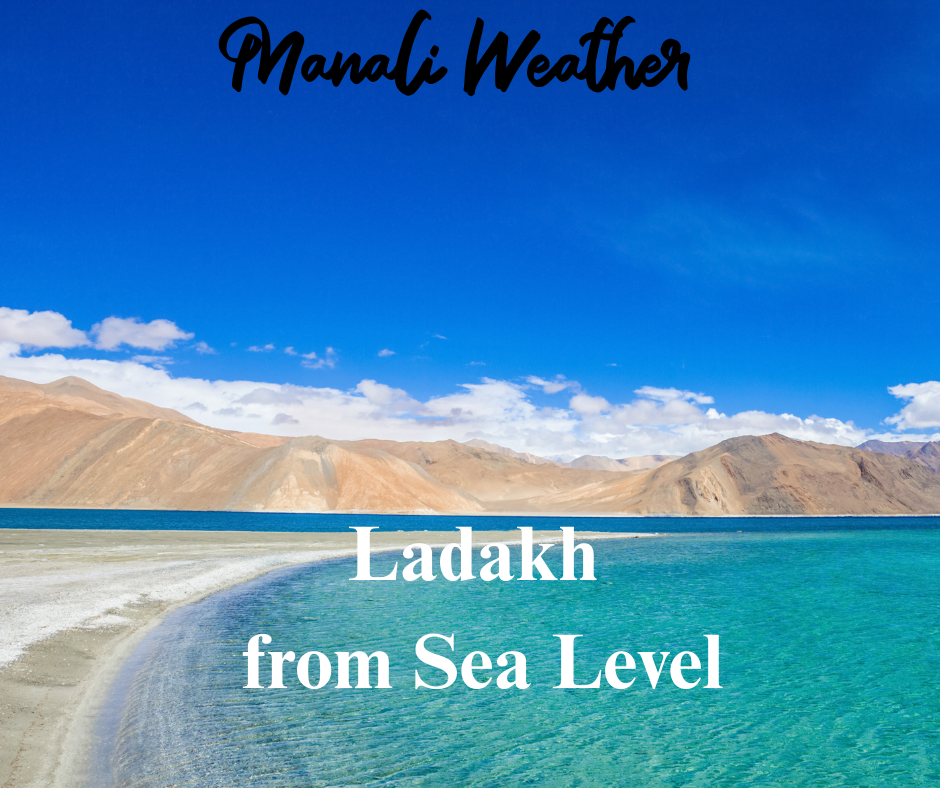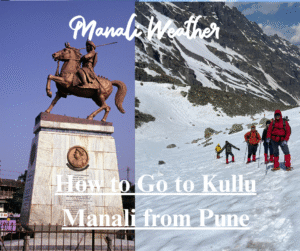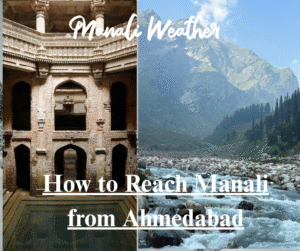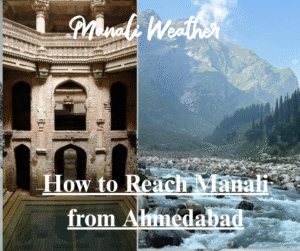Ladakh Height from Sea Level

Ladakh Height from Sea Level & Ladakh Elevation — Travel Tips for a High-Altitude Desert
A practical guide to Ladakh height from sea level, what the Ladakh elevation means for weather and health, and smart tips for travellers visiting this stunning high-altitude desert.

What is Ladakh Height from Sea Level?
The Ladakh region is a classic high-altitude plateau and cold desert. Most inhabited places in Ladakh lie well above 3,000 metres — with Leh, the region’s principal town, at roughly 3,520–3,524 metres (≈11,550–11,560 ft) above sea level. Across the wider territory, elevations commonly range from about 3,000 m to over 5,000 m, and the highest peaks in the surrounding ranges rise far higher. This altitude is the single most important factor shaping Ladakh’s climate, landscape and how you should plan your trip.
Quick elevation facts (at a glance)
| Place / metric | Approx. elevation | Why it matters |
|---|---|---|
| Leh (town) | ≈ 3,520–3,524 m (≈11,550–11,560 ft) | Most travellers arrive here — essential acclimatisation base. |
| Pangong Tso (lake) | ≈ 4,250 m | High-altitude lake with thin air & strong sun. |
| Tso Moriri (lake) | ≈ 4,530 m | Remote, beautiful — needs careful acclimatisation. |
| High passes (e.g., Khardung La) | ≈ 5,500–5,600 m (motorable passes) | Very high; only attempt with acclimatised bodies and local advice. |
How elevation shapes Ladakh’s weather & landscape
Ladakh’s altitude produces a cold desert climate: thin air, very dry conditions, cold nights, and strong solar radiation during the day. Summers are short and can be warm in direct sun (temperatures may climb during daytime), but nights remain cool. Winters are long, harsh and bitterly cold with heavy snow in high passes. The result is clear visibility on good days, dramatic colours at dawn/dusk, and wide temperature swings between day and night.
Elevation & travel — what travellers must know
- Acclimatisation is non-negotiable: Spend at least 24–48 hours resting in Leh after arrival before heading to higher lakes or passes.
- Thin air affects performance: Expect breathlessness on easy climbs; take your hikes slowly and reduce exertion for the first 1–2 days.
- Sun & UV exposure: UV is stronger at altitude — use high-SPF sunscreen and sunglasses.
- Hydration & diet: Drink water regularly, eat light meals initially, and avoid alcohol on arrival to reduce altitude strain.
- Weather changes fast: Layered clothing is essential — mornings and nights can be freezing even after a warm day.
Acclimatisation & safety table
| Trip stage | Practical advice |
|---|---|
| Arrival by air to Leh | Rest full day, avoid heavy exertion, hydrate; consider light walk only. |
| Day trips to Pangong / Nubra | Do only after 1–2 days in Leh; drive slowly and watch for symptoms of AMS. |
| Crossing very high passes | Avoid rapid gain of altitude; carry oxygen, warm layers and follow local guide advice. |
Packing checklist for Ladakh (altitude-aware)
- Layered clothing (base layer, fleece, insulated jacket, wind/water shell)
- High-SPF sunscreen, lip balm and UV sunglasses
- Good trekking shoes and a pair of warm socks
- Water bottle (carry water & hydration salts)
- Basic meds and a small altitude-sickness kit (consult your doctor)
- Powerbank (cold drains batteries faster at altitude)
Sample 4-day acclimatisation-first itinerary
- Day 1 — Arrival Leh: Rest, short walks, light meals, hydrate.
- Day 2 — Leh local: Visit Leh Palace, Shanti Stupa, easy strolls; avoid strenuous hikes.
- Day 3 — Pangong (or Nubra) drive: Only if you feel comfortable; keep travel slow and rest early.
- Day 4 — Explore / extra rest day: Use this day to recover or do a gentle activity; only ascend further if fully symptom-free.
Frequently asked questions
Q: What is “high altitude” for travelers?
High altitude generally begins around 1,500–3,500 m; Ladakh’s main towns and attractions are mostly above 3,000 m (Leh ~3,520 m), so the area is considered high to very high altitude for visitors.
Q: Will I get altitude sickness?
Some visitors experience mild symptoms (headache, shortness of breath). The risk increases with rapid ascent — rest, hydrate, and ascend slowly to reduce risk.
Q: Can I fly straight to Leh?
Yes — many travelers fly from Delhi or other hubs. Flying is common, but you must rest on arrival and follow the acclimatisation steps above.
Conclusion — why Ladakh’s elevation is the experience
The Ladakh height from sea level is the lens through which everything here is understood: dramatic light, remote lakes, ancient monasteries clinging to cliffs and the sense of being on a high, windswept plateau. Respect the altitude, plan for acclimatisation, and you’ll unlock one of India’s most extraordinary travel experiences.





1 thought on “Ladakh Height from Sea Level”